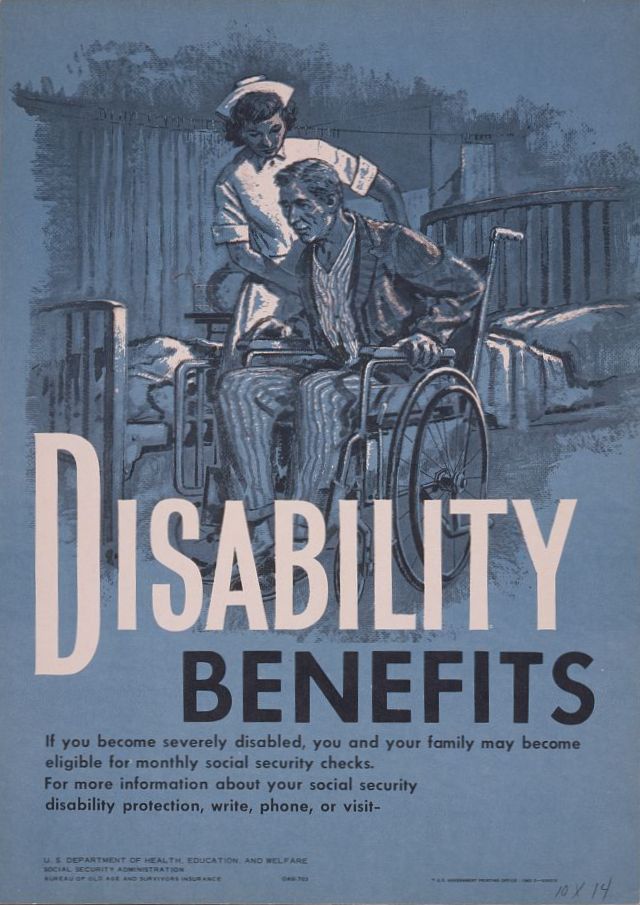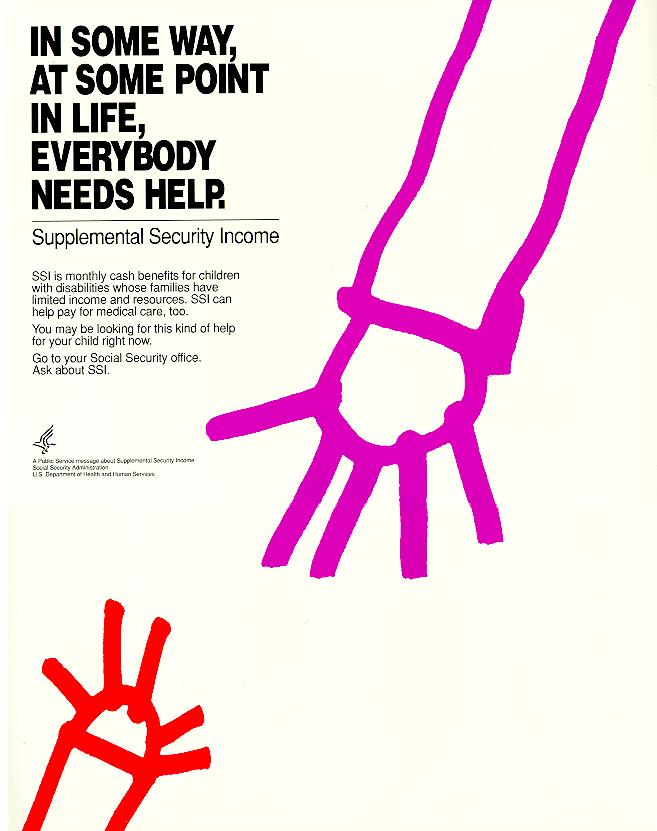On the heels of the Congressional Budget Office’s impact report, the Committee for a Responsible Federal Budget (CRFB) released their own analysis of President Trump’s 2018 budget proposal.
In its introduction, the CRFB is quick to state, “the President deserves credit for setting a fiscal goal and working to meet it and should be commended for putting forward a number of specific and significant spending cuts to help address the debt.”
However, it also notes, “these policies are not enough to truly repair our nation’s unsustainable fiscal situation.”
Since its release several days ago, the 2018 budget proposal has been heavily criticized on both sides of the aisle–mostly owing to its aggressive cuts to social insurance and safety net programs, among them Social Security disability (SSDI) and Medicare.
The CRFB is no different. It also criticizes the proposal’s “unrealistic assumptions” dealing with growth and the impact of policies the CRFB calls unachievable.
Ultimately it concludes that the budget as-is wouldn’t be enough to fix our financial woes, but it does make a few suggestions as to how we can make it to the finish line:
“Instead of relying on phony growth and unachievable cuts, the President should focus on controlling the rising costs of Social Security and Medicare, two of the nation’s largest and fastest growing programs, which the budget almost completely ignores.”
But one of the primary reasons opponents condemn the proposal is the estimated $72 billion it removes from SSDI and Supplemental Security Income (SSI)–a cut putting our most vulnerable groups at risk, disproportionately affecting older Americans, and dissolving campaign promises NOT to cut Social Security.
Supplemental Security Income (SSI)–a cut putting our most vulnerable groups at risk, disproportionately affecting older Americans, and dissolving campaign promises NOT to cut Social Security.
This isn’t at all surprising, Michael Hiltzik points out in a recent LA Times column. Board member and main financial contributor to the CRFB, Peter Peterson, has a long history of pushing for “entitlement reform.”
Hiltzik draws attention to a 1994 essay written by Peterson:
“In the piece, Peterson called Social Security, Medicare and Medicaid a ‘vast and largely unearned windfall we now give to the more affluent half of all American households.’ By ‘more affluent half,’ he meant all households then earning $32,000 or more. That figure would be about $53,520 in today’s dollars, close to the median income in the U.S.”
So, here we are again. First come the excuses: the deficit is out of control, Social Security spending and demand is growing like kudzu, and recipients are undeserving–either because they earned an average wage and are therefore “too rich,” or because they’re relying on social insurance programs instead of working towards employment or failed to build adequate savings. Those people are just “too poor.”
Second come the cuts. And for some, at least, $72 billion isn’t nearly enough.
But Peterson and the CRFB get so, so much wrong in their calls for deep entitlement cuts.
• The 2018 proposal does not “almost completely ignore” Social Security cuts. A $72 billion cut to SSDI and SSI is a cut to Social Security. We paid for it. We earned it. Case closed.
• $53,000 per year may be “affluent” to low-income workers, but for a billionaire like Peterson, this statement is absurd. While $50k per year is a decent salary for Americans in many areas, but depending on where you live, a living wage can vary tremendously. For example, in the state of Maryland, a resident must make $58,178 to support themselves, on average. But just a short drive into Washington, D.C. and that number jumps to $67,867. For comparison: the average retiree receives $16,092 per year, and the average disability benefit is $14,052. Factor in an illness or disability that prevents working full time or at all, as well as the increased medical spending that comes with disability and aging, and these benefits don’t even touch the cost of living for many areas.
• A “largely unearned windfall?” Every worker pays for Social Security–disability, SSI, and retirement–via the payroll tax. A worker isn’t even eligible for SSDI unless he’s earned 20 work credits in the last 10 years. Hitting the lottery is a windfall. $14k per year from the Trust Funds you’ve contributed to your entire working life is insurance.
These arguments paint a portrait of Social Security, particularly SSDI and SSI, as being a demotivating crutch Americans would rather lean on than work or save, as evidenced by the growing number of beneficiaries over the years.
would rather lean on than work or save, as evidenced by the growing number of beneficiaries over the years.
But Social Security is only a safety net–a safety net financed by workers themselves. It doesn’t cause illness, injury, aging, or unemployment. If these things are causing a greater dependency on Social Security, our legislators need to be looking for the sources of these problems, not axing the program that provides relief–especially when those benefits were EARNED.
Still so many are pointing at Social Security as the answer to our money problems. But when poverty and disability grows, it doesn’t make sense to start hacking at the social insurances that keep these Americans afloat.
Unless the point of these cuts is to release funding for other things.
Back to that CRFB report.
In analyzing cuts federal retiree benefits in particular, the report states:
“The budget also saves around $150 billion by reducing or eliminating federal retiree [benefits]. More than half of these savings would be returned to various agencies, while just over $60 billion would go toward deficit reduction.”
There we have it. Instead of allowing federal retirees to keep their benefits, $60 billion of the dollars cut from federal retiree benefits goes right into closing the deficit gap–a deficit caused in part by increased government spending.
$72 billion out of Social Security, and $60 billion into the general Treasury to pay down our debts.
The more politicians spend, the more the deficit grows. The more the deficit grows, the louder the calls for “entitlement reform.”



